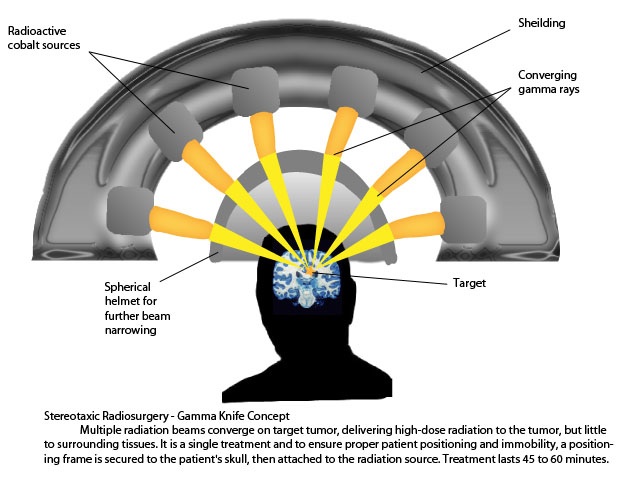Researchers from Canada, the Czech Republic, Israel, and the United States came together to conduct a multicenter outcome study. The results of that study were published today in the December 2016 Special Supplement to the Journal of Neurosugery.
The researchers’ objective was to evaluate the outcomes of Gamma Knife stereotactic radiosurgery (SRS) when used for patients with intractable idiopathic glossopharyngeal neuralgia.
From their research, they concluded:
“In the experience of this retrospective multicenter outcome study, SRS for medically intractable GPN eventually provided pain control or improvement in the majority of patients (73%). It was associated with a risk of throat sensory dysfunction, but no vocal cord weakness after repeat SRS. Lasting pain improvement occurred in 55% of patients, some of whom required 2 SRS procedures. Further experience is warranted in using this surgical option for patients who are poor candidates for initial MVD or nerve section. A prospective trial using a higher initial dose may be warranted.”
Their statistical results:
The median follow-up was 45 months after SRS (range 6–120 months).
Twelve patients (55%) had < 4 years of follow-up.
Thirteen patients (59%) had initial complete pain relief at a median of 12 days after SRS (range 1–60 days).
Three patients (14%) had partial pain relief at a median of 70 days after SRS (range 60–90 days).
Six patients (27%) had no pain relief.
Among 16 patients with initial pain relief, 5 maintained complete pain relief without medication (Barrow Neurological Institute [BNI] pain intensity score Grade I), 1 maintained occasional pain relief without medication (BNI Grade II), 3 maintained complete pain relief with medication (BNI Grade IIIb), and 7 patients had pain recurrence at a median of 20 months after SRS (range 6–120 months).
The rates of maintenance of adequate pain relief (BNI Grades I–IIIb) were 63% at 1 year, 49% at 2 years, 38% at 3 years, 38% at 5 years, and 28% at 7 years.
When 7 patients without pain recurrence within 4 years of follow-up were excluded, the rates of maintenance of adequate pain relief were 38% at 5 years and 28% at 7 years.
Ten patients required additional procedures (MVD, n = 4; repeat SRS, n = 5; glossopharyngeal nerve block, n = 1).
Four of 5 patients who underwent repeat SRS maintained pain relief (BNI Grade I, n = 3; and BNI Grade IIIb, n = 1).
No adverse effects of radiation were observed after a single SRS.
Two patients developed hyperesthesia in the palatoglossal arch 5 and 8 months after repeat SRS, respectively.

